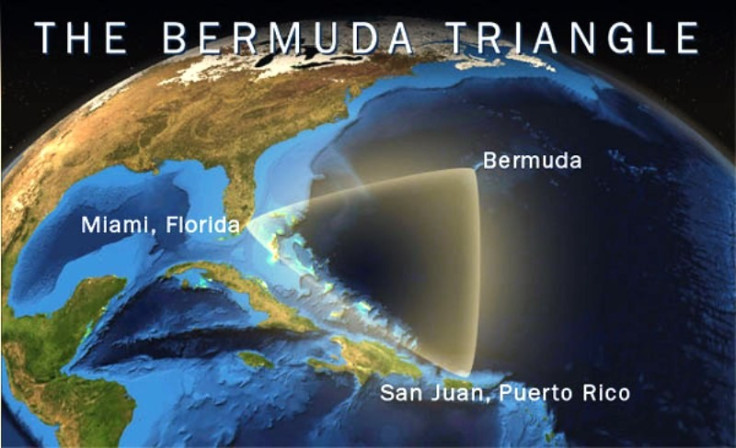Bermuda Triangle mystery: Missing ships victim of enormous methane blowouts on ocean floor?

Scientists may have discovered the secret behind the notorious Bermuda Triangle: methane bubble explosions. Giant craters on the seabed around Norway's coast have been discovered by scientists, marking areas where massive bubbles of methane may have exploded.
The large chasms on the ocean floor are around half a mile wide and 150ft deep. They could have been caused by gas leaking from deposits of oil and gas buried deeper in the sea floor. The gases are thought to accumulate in sea-floor sediments before bursting through the sea bed and into the surrounding waters.
Further details of the findings will be released in April at the annual meeting of the European Geosciences Union. Among the topics of debate is whether the methane bubbles could threaten the safety of ships. One mystery that they could help to explain is the disappearance of ships in the infamous Bermuda Triangle.
Scientists have recently developed radar that can show detailed images of the sea bed, according to a Sunday Times report. The graphics vividly depict areas of methane seepage around the globe. The discoveries may offer scientific explanations for reports from sailors of water starting to bubble and foam with no apparent cause.
"Multiple giant craters exist on the sea floor in an area in the west-central Barents sea... and are probably a cause of enormous blowouts of gas," said researchers at the Arctic University of Norway. "The crater area is likely to represent one of the largest hotspots for shallow marine methane release in the Arctic."
A 165-year-old mystery
The area, also known as the "Devil's Triangle", is a western area of the North Atlantic Ocean bounded by Bermuda, Puerto Rico and a point near Melbourne, Florida, where numerous ships and aircraft have mysteriously disappeared throughout the ages. Since records began in 1851, it is estimated that around 8,127 people have been lost in the Bermuda Triangle.
The bedrock of these seas has many magnetic anomalies that can produce misleading compass readings. The deposits of frozen methane gas can explode in violent outbursts – methane blowouts, – capable of sinking even large vessels.
These waters are also prone to waterspouts, which are vortices that suck up water from the sea into the clouds. The winds of these waterspouts can reach more than 190kmph (120mph) and are common during the summer in the humid air and warm waters of Florida's seas, where there are probably 400-500 waterspouts each year.
© Copyright IBTimes 2025. All rights reserved.






















